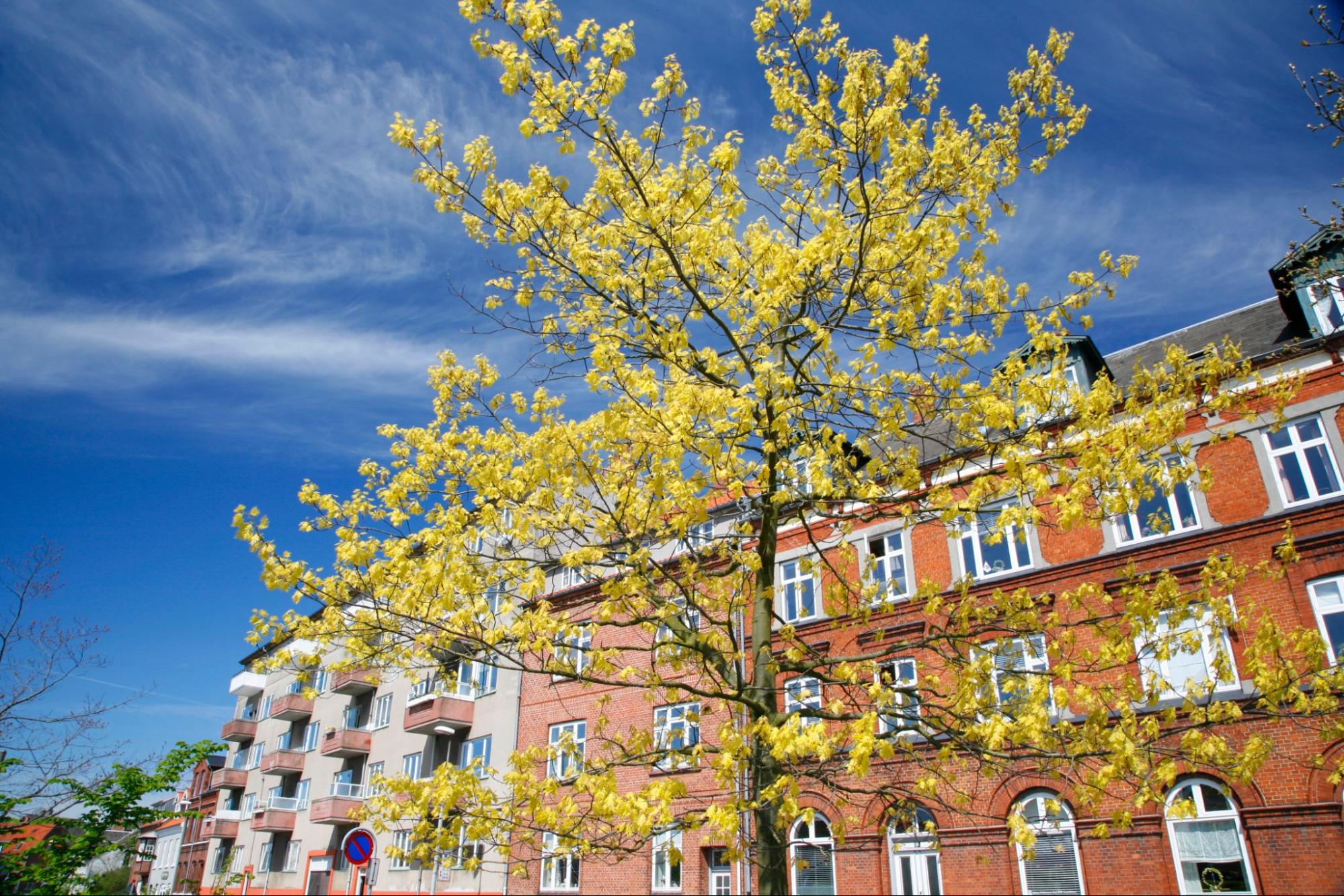
What is the problem?
According to the Ukrainian Rules for the maintenance of green spaces, fast-growing trees over 45 years old and slow-growing trees over 60 years old on the streets of cities are considered in an emergency state and, therefore, must be removed. This is not a whim but a legal requirement regulated by the Procedure for removing trees, bushes, lawns, and flower beds in populated areas.
"This document assumes that a tree that has reached the age limit automatically falls into the emergency category," Oleksii Korol, general director of Kyivzelenbud, responsible for maintaining Kyiv's green areas, explains to Rubryka. "Emergency trees are subject to unconditional removal. At the same time, the current legislation does not consider the tree's condition, physiology, etc. So, for example, if the poplar tree on the street is 45 years old, it must be removed."

Emergency trees are subject to unconditional removal
Kyiv is home to one of the largest areas of the nature reserve fund and natural monuments — individual trees and groups of trees. Such legislative norms can lead to the fact that old but healthy trees can be cut down. Rubryka found out how to avoid this.
What is the solution?
In Europe, the practice of cutting down old trees is considered unacceptable
"If in Europe trees are cared for starting from the breeding ground, then in Ukraine they start caring for them when the branches already fall on the cars," explains Olha Pokhylchenko, a senior researcher at the dendrology department of the Hryshko Botanical Garden in Kyiv. The idea of simply cutting down the trees appeared to prevent these branches from falling.
The expert draws attention to the fact that this problem needs to be solved both from the legal side — by changing the regulations, and from the technical side — the biological requirements of the tree must correspond to the place where it is planted.
This approach has been used in Europe for a long time. When Rubryka asked the Polish arborist Piotr Juzko-Chemylowiec about the age limit of trees, he said that trees in Poland are cut down only when they become dangerous and not according to age limits.
"I'm 63 years old, and I hope no one cuts me down," he jokes about the principal position.
Due to the so-called age limit, only poplars can be cut down, but they generally do not live long. Besides, the expert says it is unacceptable to cut down trees only because of their age. "We monitor the trees every 2-3 years. There are cases when trees start to get sick, and fungi appear. Then we pay more attention to them. Only when such trees cannot be cured, we remove them." Such decisions are made after assessing the stability and physiological state of the tree. This is the kind of assessment that the specialist is engaged in. He also teaches new inspectors to assess the condition of trees.

Due to the so-called age limit, only poplars can be cut down, but they generally do not live long
What can Ukraine borrow from the European experience?
Making arborist specialists out of public utility workers is one of the things Ukraine should borrow from the European experience. According to the Polish specialist, this will help avoid two mistakes at once: leaving emergency trees and cutting down healthy ones, because both the first and second mistakes are costly for the city.
Correctly putting trees on the site is another essential aspect both experts noted. "If you want a small horse, you don't buy a big one and cut its legs — you buy a pony — the same goes with trees." Poplars are often planted on narrow streets near houses. This leads to improper pruning of trees, after which they may die or become damaged, due to which they will need to be cut down. Large trees should be planted where there is a lot of space. These are lindens, maples, and plane trees. The latter is very fashionable now because they adapt well to urban conditions, Juzko-Chemylowiec explains.
According to the arborist, the favorite trees of Kyiv residents, chestnuts, are only relatively suitable for urban conditions because pruning is very harmful to them. However, he notes: planting chestnuts is a wonderful tradition that should be respected. You just need to take care of them properly.

Speaking about the preservation of old trees, it is impossible to ignore the topic of pruning. According to the arborist, trees need to be shaped while young, and this should be done exclusively with pruning shears and a hand saw.
"If you consistently form the stem, the part of the tree trunk from the root to the crown, there will be no conflicts and no need to inflict major injuries. I saw a lot of young trees in Kyiv, and we need to start shaping them now," says Juzko-Chemylowiec.
However, proper pruning is a separate big topic, and you can learn more about it here.
What standards should be relied on?
Trees in the European cities are more important than infrastructure. Landscape design of trees and bushes is carried out considering climate changes and the city's development. Trees planted in cities are brought from breeding areas, where they are shaped at a young age to prevent the ruthless cutting of branches later.
All these regulations are outlined in a special strategy. In 2019, an international team of arborists completed work on three documents:
- Tree Planting Standard — dedicated to the rules for planting trees in the city;
- Tree Pruning Standard — dedicated to pruning and care;
- The European Cabling & Bracing Standard is dedicated to fixing the crown.
Twelve countries have added their national programs to these documents, and now these standards are being translated into Ukrainian to be later transferred to Kyivzelenbud.

Trees planted in cities are brought from breeding areas, where they are shaped at a young age to prevent the ruthless cutting of branches later
Can Kyiv residents influence the situation?
Oleksii Korol, general director of Kyivzelenbud, also believes that Ukraine should change the approach to assessing the condition of a tree:
"We are against cutting down trees due to age, and we consider it an outdated and groundless approach. That's why we decided to appeal to the representatives of the Kyiv City Council with a request to work out a mechanism for appropriate changes to regulatory acts and to contact the Cabinet of Ministers on behalf of the Kyiv City Council," he told Rubryka.
Kyivzelenbud submitted to the Kyiv City Council an initiative to amend the current Rules for the maintenance of green spaces in populated areas, which were adopted back in 2006. The initiative was supported, and now the institutions will jointly work out proposals to amend the current legislation. The decision will be discussed with the community, and Kyivzelenbud calls on everyone who cares to join this process.
The public can send their proposals to the communal association's email info@kyivzelenbud.com. Additionally, a notice about the date, time, and place of public discussions will also appear separately on the institution's website.
There is still a lot of work to be done, and Korol says: "This applies not only to this point of the Maintenance Rules, but we are also ready to develop as complete a document as possible regarding changes to the legislation. Therefore, we ask everyone to join the joint work."








